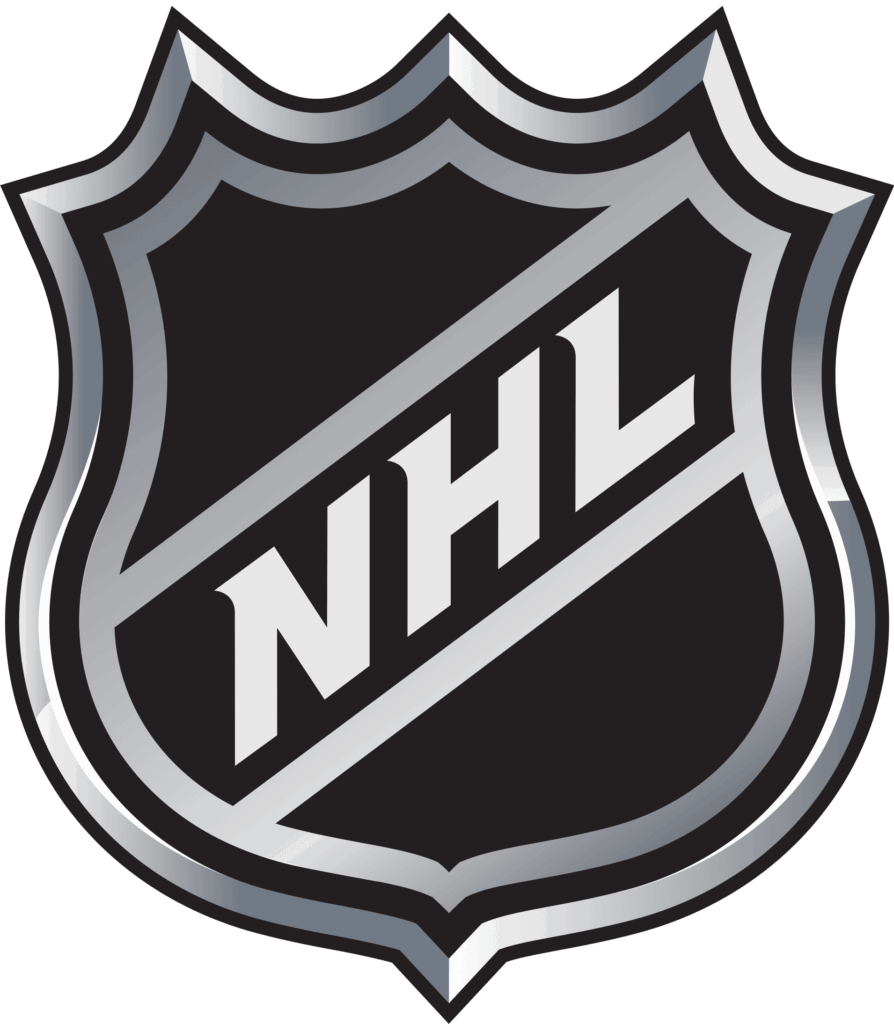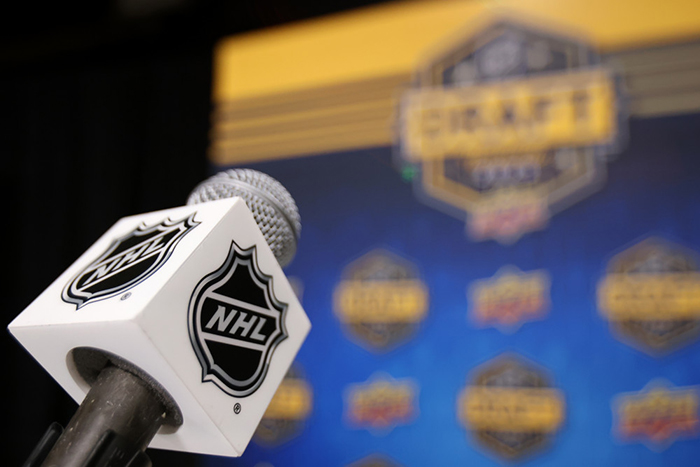Connor Bedard has already transformed the Chicago Blackhawks’ identity. In just two years, he’s gone from being a teenage phenom to the face of the franchise. Now, entering his third NHL season, the expectations are massive. Fans want a superstar breakout. Coaches want growth in his all-around game. And Bedard himself? He might be the hungriest of them all.
This is the year that could cement Bedard’s rise into the NHL’s top tier of players.
Bedard: From Rookie Sensation to Year 2 Struggles
Bedard’s rookie campaign was one of the best debuts in recent memory. He posted 61 points in 68 games and immediately showed he could carry an NHL offense. He won the Calder Trophy and looked every bit the generational prospect Chicago hoped for.
But Year 2 brought challenges. Playing all 82 games, Bedard put up 67 points (23G, 44A) — a modest step forward but not the massive jump some expected. He endured a frustrating midseason slump, scoring just once in November and going pointless in 10 of 12 games after the 4 Nations Face-Off break. His possession metrics dipped, and Chicago’s lack of depth made his defensive responsibilities heavier.
Still, he finished the season as the Blackhawks’ leading scorer and the centerpiece of their rebuild.
Motivation: Playing with a Chip on His Shoulder
Bedard’s second season left him disappointed. He admitted publicly and privately that he expected more. That’s where Year 3 begins: with motivation.
This summer, instead of chasing tournaments or distractions, Bedard went back to work. Off-ice, he hit the gym harder, adding muscle to withstand the grind of a full NHL schedule. On-ice, his training clips showed sharper edges, more explosive first steps, and puckhandling drills that left fans stunned.
Bedard doesn’t just want to improve. He wants to dominate. That chip on his shoulder — that frustration with Year 2 — might be the fuel that launches his breakout.
Comparing His Path: Hughes, Barkov, and Other Young Stars
When looking at elite NHL centers, Connor Bedard’s development fits more closely with modern peers than legends of the past. Numbers help paint the picture:
- Jack Hughes (New Jersey Devils): 52 points in 117 games over his first two seasons (0.44 PPG). By Year 3, he erupted with 56 points in 49 games (1.14 PPG), proving how quickly elite skill can translate once maturity and confidence align.
- Aleksander Barkov (Florida Panthers): 96 points in 139 games across his first two seasons (0.69 PPG). By his third season, he jumped to 59 points in 66 games (0.89 PPG), on his way to becoming one of the NHL’s most reliable two-way centers.
- Connor McDavid (Edmonton Oilers): 148 points in 127 games (1.17 PPG) across his first two years. Already a superstar by Year 2, he hit 100 points in Year 3.
- Nathan MacKinnon (Colorado Avalanche): 101 points in 146 games (0.69 PPG) in his first two seasons. His true leap came later, but his Year 3 showed flashes of the elite power forward he would become.
- Connor Bedard (Chicago Blackhawks): 128 points in 150 games (0.85 PPG) through his first two seasons — already ahead of Hughes and Barkov at the same stage, and producing at a better pace than MacKinnon in his first two seasons.
What It Means: Bedard is firmly in the middle of this group: not as instantly dominant as McDavid, but ahead of where Hughes, Barkov, and MacKinnon were at the same point. Both Hughes and Barkov blossomed in Year 3, showing that patience, development, and experience can unlock superstar production.
If Bedard follows a similar path, the numbers suggest he’s ready for a breakout season where his production pushes toward point-per-game territory — and perhaps beyond.
What Bedard Needs to Improve
Talent alone won’t guarantee Bedard’s Year 3 breakout. He’ll need to clean up areas of his game that held him back last season.
- 200-foot game: Stronger defensive positioning and board play.
- Plus/Minus: A glaring –80 through two years needs serious correction.
- Faceoffs: Below 40% in both seasons — centers need to control draws.
- Shooting % (SH%): 11.2%, just above league average. Needs to rise closer to 14–15%.
- Possession (CF%): 43.7%, well below NHL average of 50%. Must improve.
- 5-on-5 Goals: Only 11 last season, five fewer than his rookie year. To reach the next level, he must hit 20.
- Per-60 Metrics: Nearly all dropped from Year 1 to Year 2, aside from slight bumps in A2/60 and oiGF/60.
Shot Profile: Unlocking High-Danger Goals
Bedard’s Edge NHL stats show a clear trend: he thrives in the mid-range. That’s where most of his goals and best shot locations come from.
But to reach the next level, he has to get to the front of the net more often. Last season alone, he had just three goals on 33 high-danger shots (11.1% SH%). That’s not bad efficiency, but the shot volume is far too low.
Elite scorers pay the price in the crease. They find rebounds, deflections, and dirty goals. Bedard’s hands and quick release are lethal — but he needs to prove he can produce when defenders are draped all over him.
Bedard Support Playing Catch-Up
The Blackhawks’ offseason didn’t deliver a big splash, which means Bedard could once again be the unquestioned focal point of Chicago’s offense. (read more on Chicago’s training camp battles here). While reinforcements like Frank Nazar, Oliver Moore, and Artyom Levshunov are on the horizon, Year 3 will still be about Bedard carrying the torch.
That’s both a challenge and an opportunity. It means top matchups every night, but also every chance to prove he belongs among the NHL’s elite.
Why We Believe Year 3 Will Be a Monster
- Motivation: A disappointing Year 2 has him determined to respond.
- Comparables: Hughes and Barkov both exploded in their third seasons.
- Skill Refinement: Bedard’s puck skills, release, and vision are already elite.
- Targeted Improvement Areas: He knows what must get better — faceoffs, possession, net-front play.
- Leadership: He’s embracing the role as Chicago’s franchise cornerstone.
The combination of frustration, focus, and raw talent sets the stage for a season where Bedard not only improves — he dominates.
Final Word
Year 3 is often the turning point for generational talents. For Connor Bedard, it’s no different. If he embraces the grind, corrects his weaknesses, and leans on the motivation born from last year’s struggles, there’s every reason to expect a breakout season.
Don’t be surprised if Bedard not only clears the 80-point barrier but also takes major strides toward becoming one of the league’s most complete and feared forwards.
This is his moment. The league has seen flashes of brilliance. Now it’s time for Bedard to deliver the full picture.




Home › Forums › Connor Bedard Year 3: Why a Monster Season Awaits